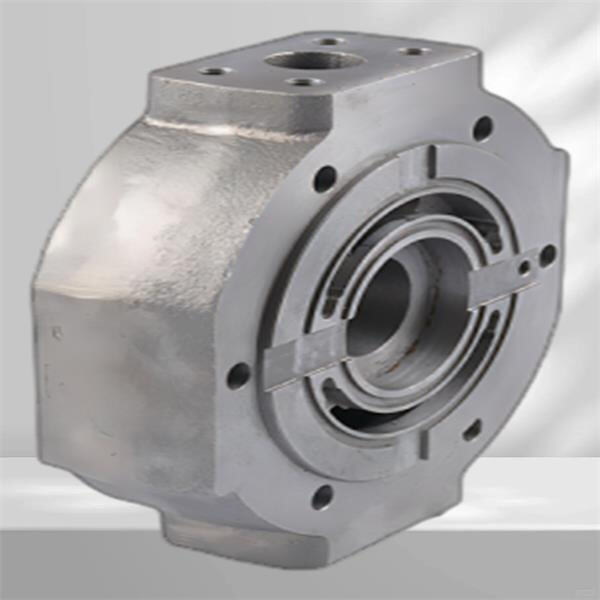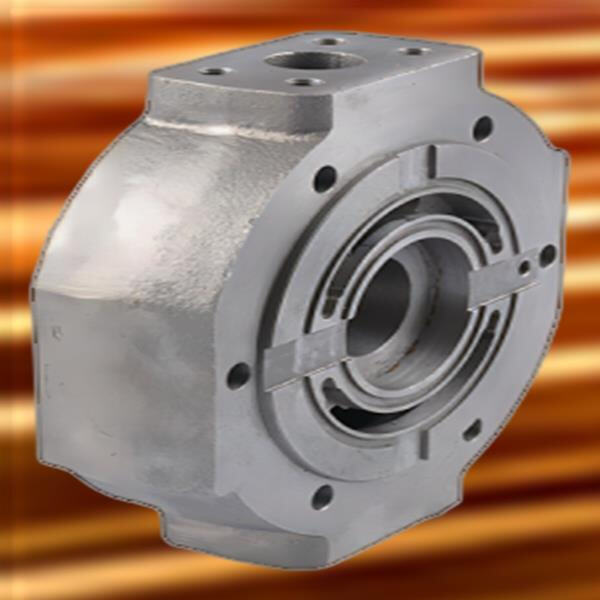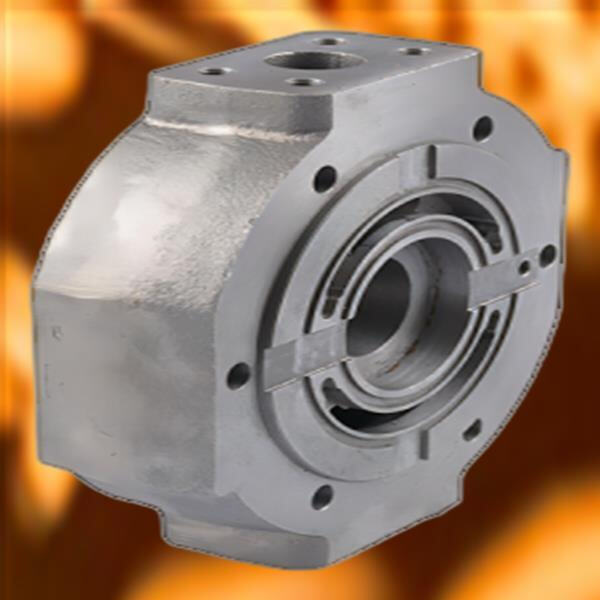This is because steel and cast iron are different material types, so welding these two together is often a difficult task. Steel is tough, cast iron is brittle. Well, because of the way they are manufactured and respond to heat, you have to consider these two when welding them together.
A bit of prep: Prepare the steel and cast iron components. They should be free of rust or dirt. This will allow them to adhere to one another better during the welding process.
Choose the appropriate welding process: Different processes may be used when welding steel to cast iron, including arc, MIG, and TIG welding. Consult an expert who understands welding or research which is more appropriate for your project.
Meld the materials: Once preheating is finished, begin melding the components by utilizing the technique you have selected. (hint: we train on data up to October 2023)

Consider material thickness, joint strength requirements, and project specifications when selecting a welding method. Because of its ability to work with multiple types of materials, arc welding is a common choice. Gas tungsten arc welding (GTAW), better known as MIG welding, is also worth consideration here, as it can also produce strong bonds. Consult with a professional or do some research to determine the best method for your project.

Not preheating the materials: If you don’t preheat the steel and cast iron, it can crack and not stick properly.

Not allowing the materials to cool properly: Just like if you’d been too quick to take a pie out of the oven, if the materials cool too quickly they can crack, not bond properly.
Our customer welding steel to cast iron department is always available making sure that questions are addressed within a matter of hours quotations are given within six hours and customized solutions can be delivered within 12 hours No matter when or where our customers call us we can promptly respond and offer professional assistance making sure their needs are satisfied in a timely manner
Our automated production lines CNC machines and surface treatment workshops work in tandem to help support welding steel to cast iron We have the manufacturing capability to accommodate requirements of any size with the same production standards
The casting plant we operate is owned by us, which enables us to combine production and welding steel to cast iron. Our prices and quality are higher than 90% of the companies on the market. We eliminate the middleman and offer our customers more competitive prices, superior products and direct from the factory.
More than 100 customers have been helped by us, providing fast, accurate and effective solutions. We can meet a welding steel to cast iron of client needs regardless of whether it's full customization or design-based customization. We make sure that every custom-designed project is executed in the most professional manner.

